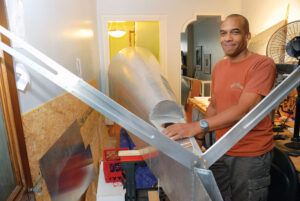
Three chords and the truth. That’s how songwriter Harlan Howard, who, with Hank Cochran, penned “I Fall to Pieces,” described country music. I got to contemplating homebuilding truths and arrived at what I believe is the homebuilding truth. My opinion is drawn from two plans-built projects I ghosted; one plans-building success (Metal Illness); and one kit project I lost interest in. I can also draw from 19 years in the kit aircraft industry supporting, by my estimate, 6000 unique individuals (a claim backed by 62,000 emails in my sent folder). So what is, in my opinion, the homebuilding truth? Success lies less in the hands than in the head and heart. With inspiration from Harlan’s song titles, I’ll riff on this truth.
Under the Influence of Love
Don’t confuse the lust for an airplane with the lust to build. Wanting to see the world from the top of Mount Everest is altogether different from wanting to climb Mount Everest. No one has to build an airplane, so there are no external forces to drive the effort. (Think, “Honey, when will the water heater be connected?”) Success follows when your head and heart want the airplane and the project. My second Sonex project was driven solely by my head: The price was right; I had the tools and experience; I had the space. It made sense. In hindsight, my heart was silent. I missed that signal. In the event, both my heart and head were unfulfilled. For me, there were no surprises or challenges in building a second Sonex.
Unlike the tangibles money, space, skills, and tools—which can be bought, borrowed, learned, earned, scrounged or found—there is no outsourcing want. When a heart and head are both committed, they will push a builder through the challenges. An uncommitted mind will make the need for one of the tangibles a misery-making challenge. An uncommitted heart will seize on one as a scapegoat. “I’d build if I had the ____.” “I’d finish if I had the ____.” A builder who follows only their head or heart—and it can be difficult to recognize that one is absent in the excitement of the new relationship—may see their project succumb to an unfamiliar building material, the need to learn a skill or The Next Big Step. By then, considerable time and expense may have been spent on a project that now resembles an obligation more than an airplane. Speaking of time…
A Little More Time
If you keep circling a particular design without committing, and I’ve watched people do it for years (myself, I’ve been contemplating building a Cobra car replica for two decades), you are trying to talk yourself into it, or out of it. That’s a sign it’s not right for you, even if you can’t label why. When the Sonex found me, it existed only as a three-view drawing. I thought, “This is the airplane I’ve been looking for for 25 years.” I needed no time to commit. I thought I was a wood and fabric man, but the Sonex’s cold, aluminum exterior didn’t even deter me. I was all-in before the prototypes took form, to say nothing of flight, ignoring that until that time the sum of my life’s metalworking experience produced a twisted toolbox and a small acetylene fire.
I’ve Got a Tiger By the Tail
While kits have made it easier, certainly faster, to build, they force a significant commitment on a builder in those early, nervous days of the relationship. I began and ended my Graham Lee Nieuport relationship for $100 worth of plans, tubing, rivets and flat stock. My Pietenpol project ended with a few hundred dollars of Sitka Spruce converted to recognizable, airworthy airplane parts that now decorate walls in many of my friends’ and familys’ homes. You can still start plans-built designs with minimal commitment, but most modern designs are only offered as kits. Thankfully, tail kits have kept old-fashioned “Let’s take this slow and see where it goes” courtship in homebuilding. With a tail kit, a long-term relationship can be explored without having to dress up, drop to one knee and, with quivering voice, ask, “Will you.… Will you…loan me $37,000?” A tail kit can open your eyes to whether you are a builder or headed for heartaches by the numbers.
Second Hand Rose
Surprising to some, buying a flying homebuilt to short-circuit the building process does not eliminate the need for tools, skills or time unless you are careful, lucky or wealthy. And if you are wealthy, adopting the wrong homebuilt can change that. This topic is worthy of every cautionary article that can be written about it, which is why I’m writing one, and deserves more attention than this paragraph can do justice. But I had to mention it if only briefly because “Second Hand Rose” is a great song title. Besides, someone who craves building wouldn’t be satisfied buying someone else’s work any more than a mountain climber would be satisfied taking a helicopter to a summit.
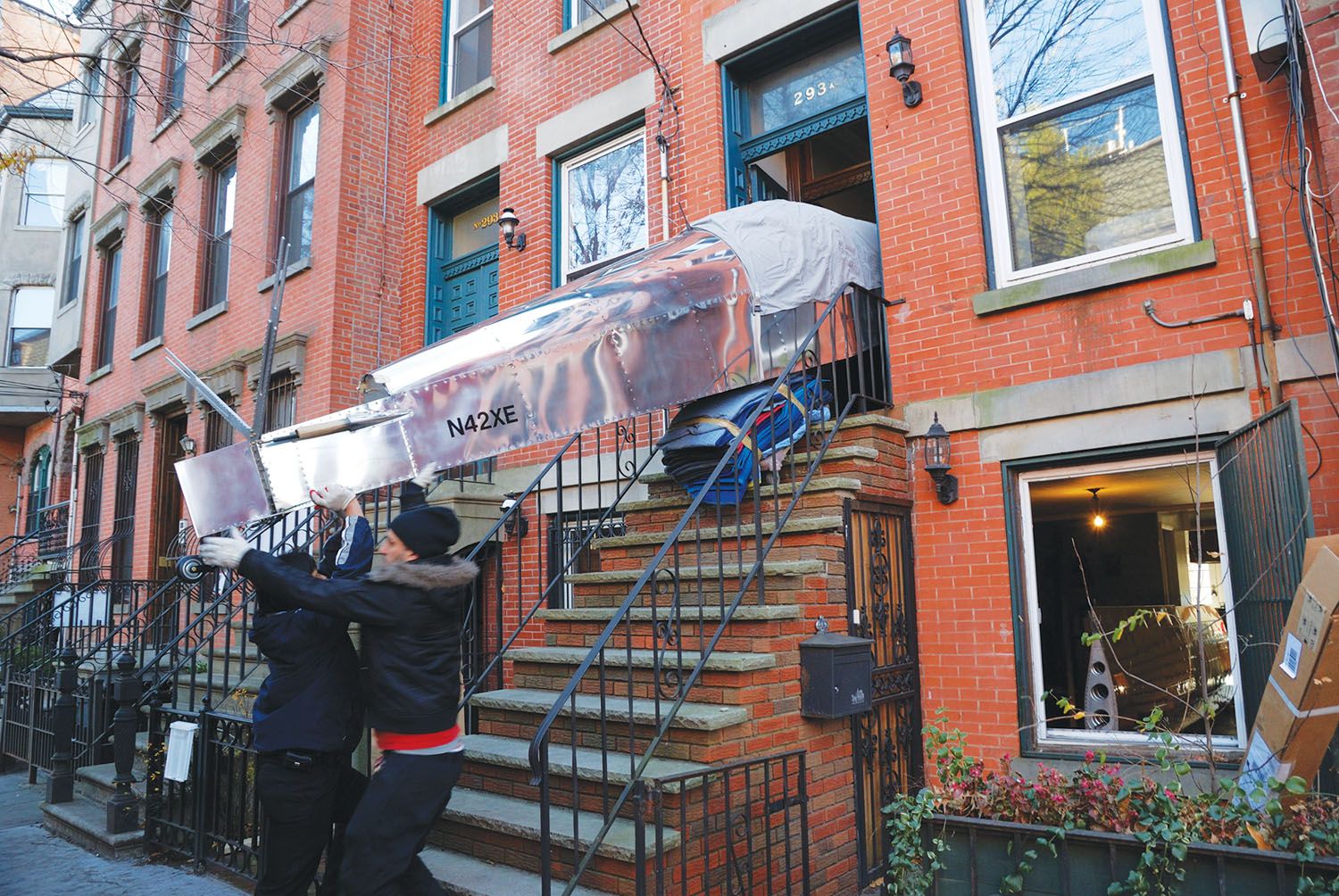
Where I Ought to Be
If building an airplane is your unquenched dream, keep casting about for The One. While it’s important to choose an airplane that fits your flying mission and budget, broadening your choices of primary building materials will broaden your options. Test the water with a tail kit or workshop. When both your heart and head yearn to build, a project will be little challenge for your hands. But, if you need a scapegoat, keep waiting for Sport Performance Aviation to introduce a stick-and-fabric version of the Panther.
Harlan Howard got me here, so I’ll let his song titles take me out; When the project is right, you won’t be in your shop thinking, “When I Get Through With You.” You’ll be thinking, “I’m ‘Where I Ought To Be.’
‘I’m Down To My Last Cigarette,’ ‘In This Very Same Room,’” wondering, “’Has Anybody Seen Me Lately?’ But ‘I Don’t Mind.’ ‘I’m Where I Ought To Be.’”









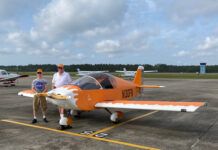

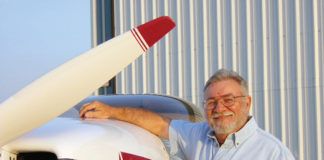
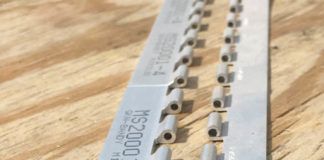
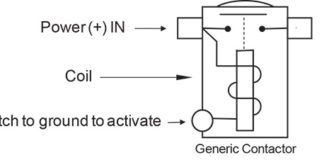
Kerry,
Great article! As another potential builder stuck in analysis paralysis, this article resonated and confirms my desire to wait for both heart & mind alignment. Happily, I can see the convergence happening.
Thank you for reading my column and taking the time to comment, Andy. Many of my columns deal with the human side of homebuilding, as my experience has shown that is where most builders eventually fail, not their lack of ability to tighten a nut, pop a rivet, or stitch a rib. I wish you the best of luck in finding the design that satisfies both your desire to build and your desire to fly an aircraft of your own making.
Great article Kerry. You speak the truth from your experience- and mine. I researched and studied so many options before committing to building my Sonex. I visited your workshop at the factory and met your team. After that- I knew the Sonex was for me. I dove in and stuck to it in most all of my spare time for 2 years. In the end my motivation paid off and I had the most fun flying of my life after an enjoyable build. Unfortunately health issues cut the flying season short for me, but the Sonex season was a highlight!
Hi Ken,
Thank you for reading my column and commenting. You built a beautiful Sonex and I always enjoyed when our paths crossed. You had a can-do spirit, which was refreshing.
Blue Skies….
Kerry